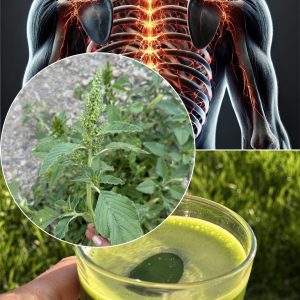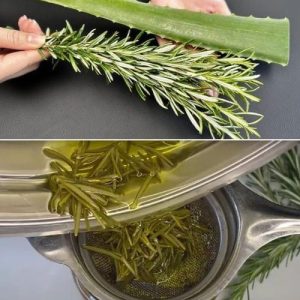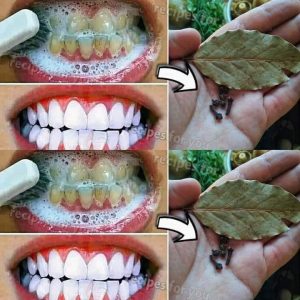Making cheese at home might seem daunting, but it’s simpler than you think! With just a few basic ingredients and no need for vinegar or citric acid, you can transform 2 liters of milk into 1 kilogram of delicious homemade cheese. Here’s how you can do it, step-by-step, to enjoy fresh, wholesome cheese from your kitchen.
1. Ingredients and Equipment
To get started, you’ll need:
2 liters of whole milk (fresh, not ultra-pasteurized)
1 cup of plain yogurt (with live cultures)
1/4 teaspoon of liquid rennet (available at health food stores or online)
1 teaspoon of salt
Cheesecloth
A large pot
A colander
2. Preparing the Milk
Heat the Milk: Pour the milk into a large pot and slowly heat it over medium heat. Stir occasionally to prevent it from sticking to the bottom or scorching. Heat the milk until it reaches 32°C (90°F).
3. Adding the Yogurt and Rennet
Add Yogurt: Stir in the plain yogurt thoroughly. The live cultures in the yogurt help in the fermentation process, giving the cheese its flavor and texture. Add Rennet: Dilute the rennet in a small amount of cool, non-chlorinated water. Add the diluted rennet to the milk mixture and stir gently for about 30 seconds to distribute it evenly.
4. Curdling the Milk
Let It Rest: Cover the pot and let it sit undisturbed for about an hour. During this time, the milk will curdle and begin to separate into curds (solid) and whey (liquid).
5. Cutting and Cooking the Curds
Cut the Curds: Once the curds have formed, cut them into small cubes using a long knife. This helps to release the whey. Cook the Curds: Slowly heat the curds to 38°C (100°F), stirring gently. Maintain this temperature for about 30 minutes. The curds will shrink and firm up.
6. Draining and Pressing the Cheese
Drain the Whey: Line a colander with cheesecloth and carefully pour the curds and whey into it. Let the whey drain off, occasionally pressing the curds with a spoon to help remove excess liquid. Salt and Press: Sprinkle the salt over the curds and mix gently. Gather the cheesecloth around the curds, form a ball, and squeeze out as much whey as possible. Place the wrapped curds under a weight (like a heavy pot) for a few hours to press the cheese further and compact it.
7. Finishing Your Cheese
After pressing, unwrap your cheese and transfer it to a clean container. You can enjoy it immediately or let it age for a few days in the refrigerator to develop more flavor.
Conclusion
Making cheese at home without vinegar or citric acid is a rewarding process that yields delicious, fresh results. With just milk, yogurt, and rennet, you can create a wholesome, flavorful cheese that’s perfect for a variety of dishes or simply enjoyed on its own. Give this method a try and delight in the satisfaction of homemade cheese!





